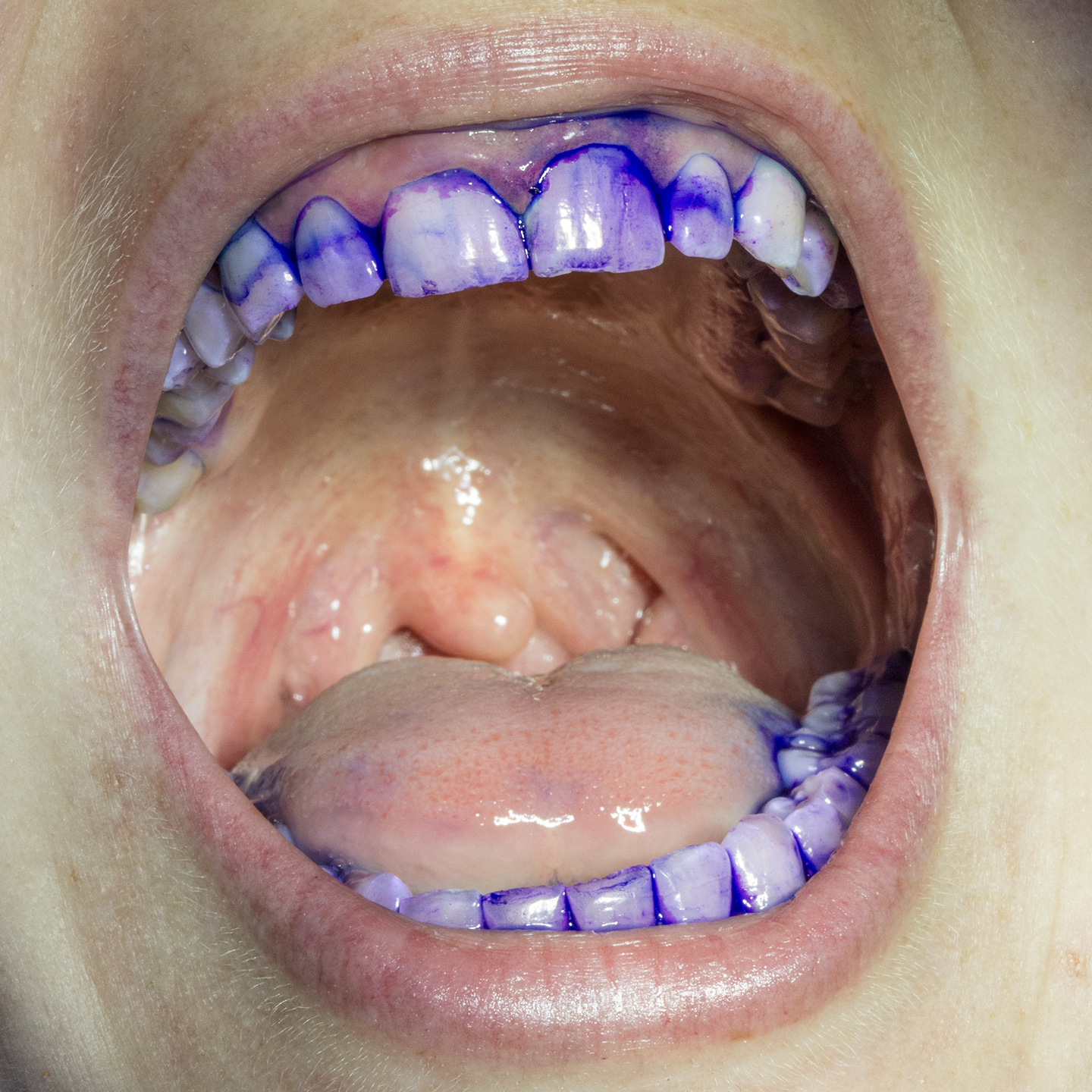Roland Barthes, “The Grain of the Voice,” in The Sound Studies Reader, ed. Jonathan Sterne Routledge, 2012).
Robert McRuer, Crip Theory: Cultural Signs of Queerness and Disability (NYU Press, 2006); Eli Clare, “Freaks and Queers,” in Exile and Pride: Disability, Queerness, and Liberation, reissue ed. (Duke University Press, 2015).
Crip studies has a “similar contestatory relationship to disability studies and identity that queer theory has to LGBT studies,” McRuer writes. The normative gay man might fight for marriage rights, while the queer questions the very institution of marriage. McRuer, Crip Theory, 35.
Jacques Lacan, The Seminar of Jacques Lacan: Book XI: The Four Fundamental Concepts of Psychoanalysis, ed. Jacques-Alain Miller, trans. Alan Sheridan, 1st American ed. (Norton, 1988), 67.
In fact, he firstly suggested four additional partial objects: the phoneme, the gazer, the voice, and the nothing. This was later revised to just the gaze and the voice. Renata Salecl and Slavoj Žižek, “Introduction,” in Gaze and Voice as Love Objects, ed. Salecl and Žižek (Duke University Press, 1996), 3.
Mladen Dolar, A Voice and Nothing More (MIT Press, 2006), 15.
Dolar, A Voice and Nothing More, 37–52; Mladen Dolar, “The Object Voice,” in Gaze and Voice as Love Objects, 12, 16.
Dolar, A Voice and Nothing More, 16.
Strictly speaking, the objet a cannot be put into words as it marks everything beyond language. It is not a sign of lack but rather the lack of any signifier itself: a threshold of signification as such. Therefore, the objet a does not correspond to any existing thing (including the literal, sonorous voice), but is evoked as precisely that element beyond the attainable (in this case, beyond what is heard.)
Lacan, Seminar of Jacques Lacan: Book XI, 165.
The neuropsychologist Mark Solms first ignited this inquiry in the 1990s, attempting to bridge Freud’s theories of the mind with the organic operations of the brain.
Catherine Malabou, The New Wounded: From Neurosis to Brain Damage, trans. Steven Miller (Fordham University Press, 2012).
Sigmund Freud, The Standard Edition of the Complete Psychological Works of Sigmund Freud. Volume XXII (1932–1936), New Introductory Lectures on Psycho-Analysis and Other Works, ed. Anna Freud and James Strachey (Vintage, 2001), 58–59.
Malabou, The New Wounded, 85.
Malabou, The New Wounded, xv.
Here, Malabou coins the term “cerebrality,” writing: “If the brain designates the set of cerebral functions, ‘cerebrality’ would be the specific word for the causal value of the damage inflicted upon these functions—that is, upon their capacity to determine the course of psychic life.” Malabou, The New Wounded, 2.
Dolar, A Voice and Nothing More, 71–74.
Dolar, A Voice and Nothing More, 72.
Dolar, A Voice and Nothing More, 72.
James Berger, The Disarticulate: Language, Disability, and the Narratives of Modernity (NYU Press, 2014), 1.
McRuer, “Coming Out Crip: Malibu Is Burning,” chap. 1 in Crip Theory, 33–76.
Martha C. Nussbaum, Frontiers of Justice: Disability, Nationality, Species Membership (Belknap Press, 2007); Eva Kittay, Learning from My Daughter: The Value and Care of Disabled Minds (Oxford University Press, 2019).
Berger, The Disarticulate, 181.
In their essay “The Clearing,” Ellis argues that, because fluent speech has been used to construct and police the border between human and nonhuman, civilized and uncivilized, dysfluency is thus integral to Black and subaltern subjectivity. The stutter refuses arrival, “refuses to step onto the shore.” Like the long history of Black music, Ellis sees dysfluent speech as opening an ellipsis in disciplinary time, creating time for other possibilities. JJJJJerome Ellis, “The Clearing: Music, Dysfluency, Blackness, and Time,” Prospections, April 21, 2022 →.
Conversation with the author, January 2, 2024.
Conversation with the author, January 2, 2024.
Conversation with the author, January 2, 2024.
Ellis, “The Clearing.”
Malabou, The New Wounded, 5.
